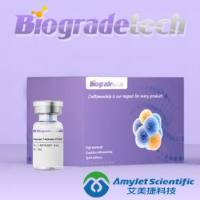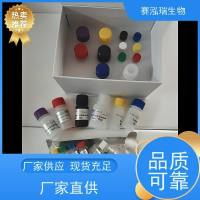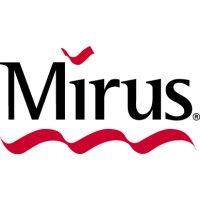LPD Nanoparticles-Novel Nonviral Vector for Efficient Gene Delivery
互联网
586
Liposome-Polycation-DNA (LPD) nanoparticles is a novel nonviral vector developed in our laboratory for efficient systemic gene delivery. Currently there are two LPD formulations in use, differing in cationic liposome composition. One is composed of cationic lipid d io leoyl-t rimethyla mmonium p ropane (DOTAP) and cholesterol at molar ratio of 1:1. The other is composed of cationic lipid 3β(N-(N’, N’-d imethylaminoethane) c arbamoyl) chol esterol (DC-Chol) and neutral lipid d io leoylp hosphatidyle thanolamine (DOPE) at a molar ratio of 6:4. The poly cation component is added for the condensation of plasmid DNA. Polylysine first was used (1 ), and later it was changed to protamine sulfate for improved activity (2 ). The optimal composition for DOTAP/cholesterol LPD is 1200 nmol DOTAP/1200 nmol cholesterol/60 μg protamine sulfate/100 μ plasmid DNA, which has a charge ratio of 4:1 (+:-) between DOTAP and DNA and a 1/1 charge ratio between protamine and DNA. The optimal composition for DC-Chol/DOPE LPD is 60 nmol total lipids (36 nmol DC-Chol and 24 nmol DOPE)/80 μg protamine/100 μ plasmid DNA.







